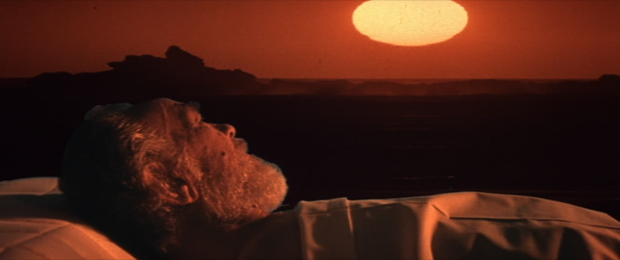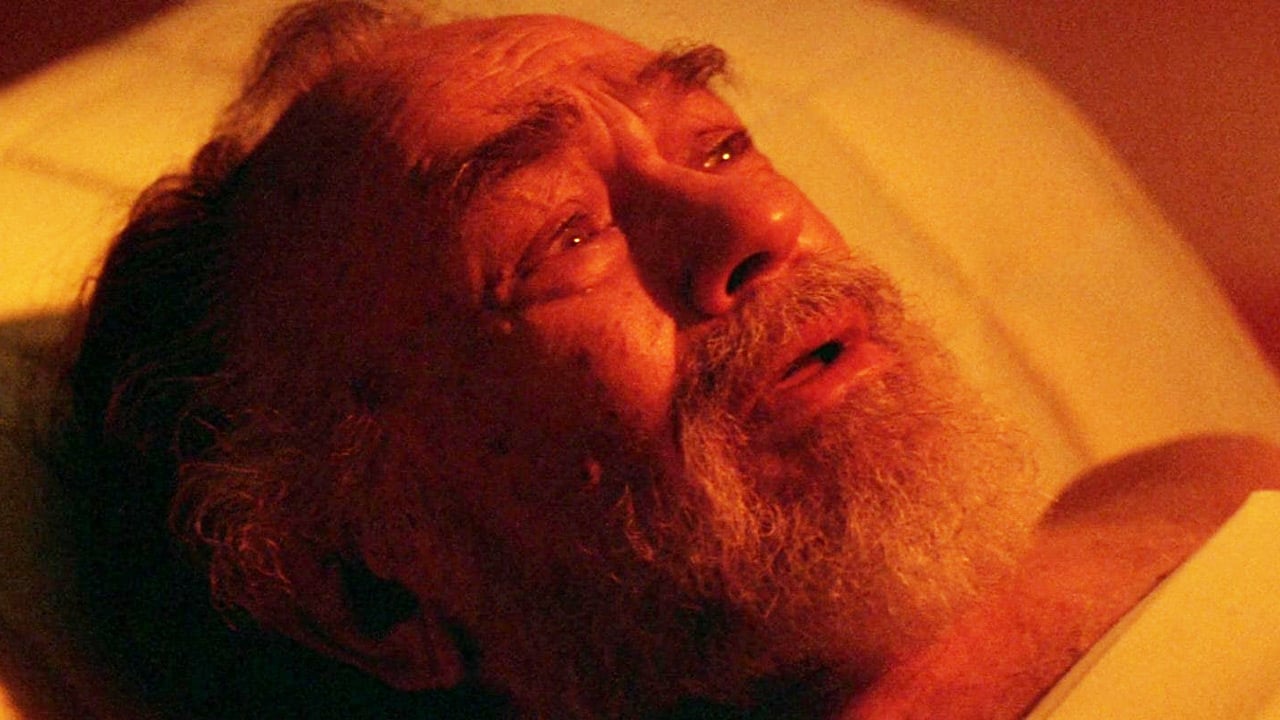“Green Sun”, classic science fiction of an atrocious pessimism, was Edward G. Robinson’s last film. Dying of cancer, he drew on his last strength to embody a character whose end, with a double reading, is devastating.
On June 26, 1974, Soleil Vert by Richard Fleischer was released in France. Adapted from the novel Make Room! Make Room! by Harry Harrison and published in 1966, the film has become an extraordinary SF classic of an atrocious pessimism, whose ecological and human catastrophist discourse has unfortunately lost none of its force. Quite the contrary.
“Soleil vert, a science fiction film, almost borders on a documentary. Everything I showed there in fiction is now relevant. This film is a farewell to the second Terrestrial Paradise destroyed this time by humans” said Fleischer, terribly lucid, years after the release of his absolute masterpiece.
“There was a world once…”
New York City. Year: 2022. With 40 million inhabitants, the city has become an overpopulated metropolis, where absolute misery and lack of food reign. People pile up wherever they can: in the street, in the stairwells…
An atrocious yellowish fog of pollution floats permanently above the city. The ecosystem, so fragile, has practically disappeared. Trees, animals have disappeared, victims of deforestation, overexploitation, and pollution.
Forced industrial development and its ravages, the uncontrolled effects of overconsumption and the depletion of natural resources have finished mortgaging the future of mankind in just a few decades.
MGM
For the wealthy, who have access to clean water and real food grown on farms protected like fortresses, nothing is too good. A slice of steak trades for $500, a jar of jam for $150.
What give the measure of this scene of the film, terribly moving, in which Robert Thorn (Charlton Heston) and Sol Roth (Edward G. Robinson) have a meal with food that has become inaccessible to ordinary mortals. While Thorn is a child of the “Sun” and has known nothing else, Sol, who has known the old world, remembers forgotten flavors…
At the same time partner, friend and even more true surrogate father, Sol is the guardian of the memory of a world lost forever; that of a still beautiful Earth before it was condemned and destroyed by the hand of Man.
Helping Thorn investigate the heart of the Soylent CorporationSol discovers before him the appalling truth behind the composition of this substitute food supposedly made with plankton.
“Can you see that? Isn’t it pretty?”
Wanting to take leave of a world that has long since ceased to be hers, and which is unbearable to her, Sol decides to be euthanized; an approach strongly encouraged by the authorities.
After giving his preferences to the medical staff, Sol is taken to a room where he is made to drink a beverage that slows his heartbeat until it goes out in about twenty minutes.
Lying on a bed in the room, while the music of Beethoven and Tchaikovsky plays, he discovers, overwhelmed for the last time, the breathtaking images of a vanished earthly paradise: frolicking stags, birds, a sunrise and sunset, an unsullied sea, flowers in full bloom in the meadows..
Here is the sequence, for the record. Have a small packet of tissues handy, just in case…
“I love you, Thorn” throws Sol to his friend, who has come urgently to witness his last moments. “Can you see that? Isn’t it pretty? I told you so!” – “Yes… How could I know? How could I imagine it?” Charlton Heston replies, starting to cry…
In a wonderful series of close-ups, Fleischer shows us Robinson’s so expressive face, both illuminated and soothed, before grimacing in pain as he reveals to him what he knows. A scene carrying an emotional charge to split the stones in two.
And for good reason: Edward G. Robinson was then suffering from terminal cancer. This scene is the last he shot, before dying two weeks later.

MGM
As Fleischer will reveal, Robinson’s wife came to the set every day to see if all was well with her husband. Every day, except one: the one where the filming of this heartbreaking scene was precisely planned, which was impossible for him to see and bear.
Heston’s tears are not cinematic tears, but those of an actor aware of the seriousness of the condition of his old accomplice at the end of his life, with whom he had already filmed at the time. of the Ten Commandments.
In this sequence where Robinson contemplates an accelerated form of life on Earth, with this economy of words fading before the evocative power of the images, it is also the symbolism of a huge actor seeing his own life, his joys, his struggles and sorrows, his work as an artist, before bowing out.
Many are the talents of cinema to have seen their careers gradually extinguished according to a succession of small roles more and more anecdotal. In the 1970s, many of the stars of Hollywood’s golden age ended their careers in disaster films and their then fashionable five-star castings.
But very few indeed ended their careers with a final role resonant as powerful and heartbreaking as that of Edward G. Robinson in Green Sun, whose end still leaves us KO standing.
